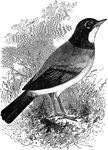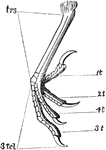Clipart tagged: ‘robin’
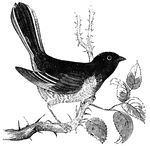
Chewink
Also known as the ground-robin or ground-finch, the chewink lives in thickets along the borders of woods.
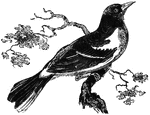
Baltimore Oriole
Familiar in orchards of the United States, the Baltimore oriole is also known as the golden oriole and…

Robin
"Robin: Upper parts slate-color, with a shade of olive. Head black, the eyelids and a spot before the…
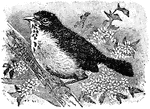
Robin Redbreast
The name applied to several species of birds of the warbler family, which are native to Europe. they…

European Robin Redbreast
Found in the temperate regions of Europe, the robin redbreast can often be found around homes.
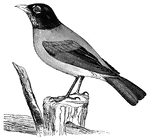
American Robin
The American Robin (known as the migratory thrush among naturalists) feeds on small insects and various…
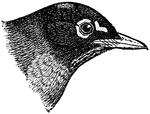
American Robin
The American Robin, Turdus migratorius, is a migratory songbird of the thrush family. It is named after…
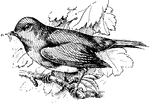
European Robin
A small passerine bird that was formerly classed as a member of the thrush family, but is now considered…
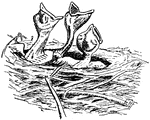
Young American Robins
The American Robin, Turdus migratorius, is a migratory songbird of the thrush family. It is named after…

Sternum of a Robin
"Typical passerine sternum, pectoral arches, and sternal ends of ribs; from the robin, Turdus migratorius,…



